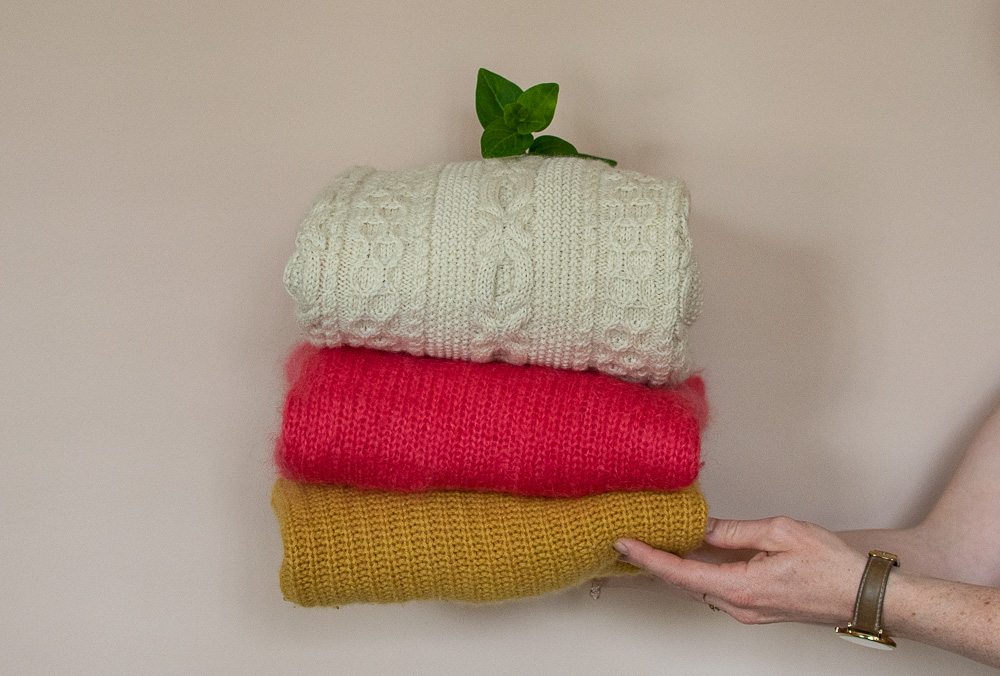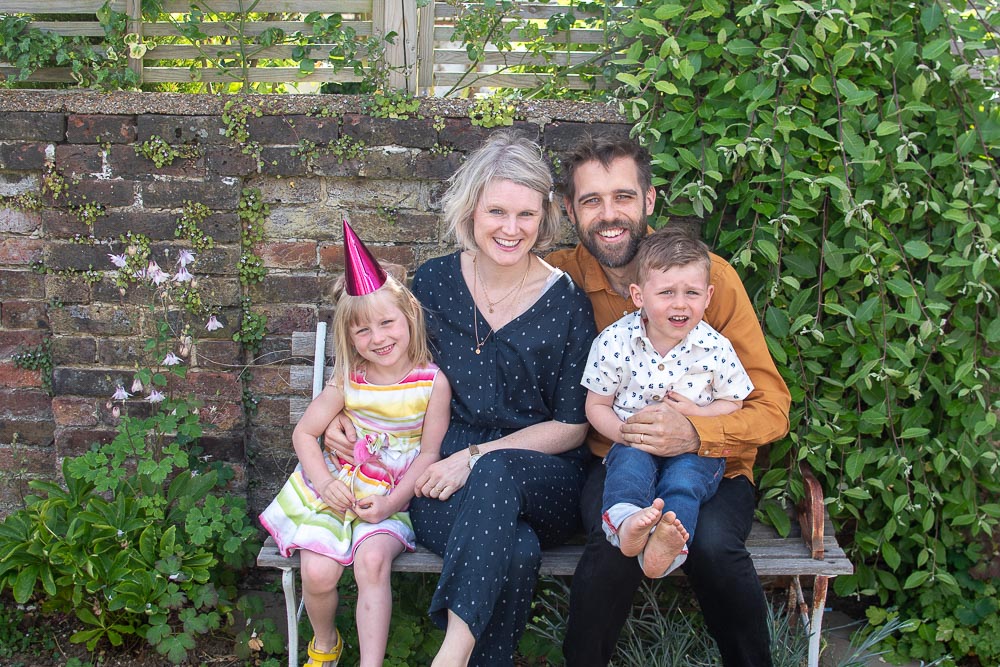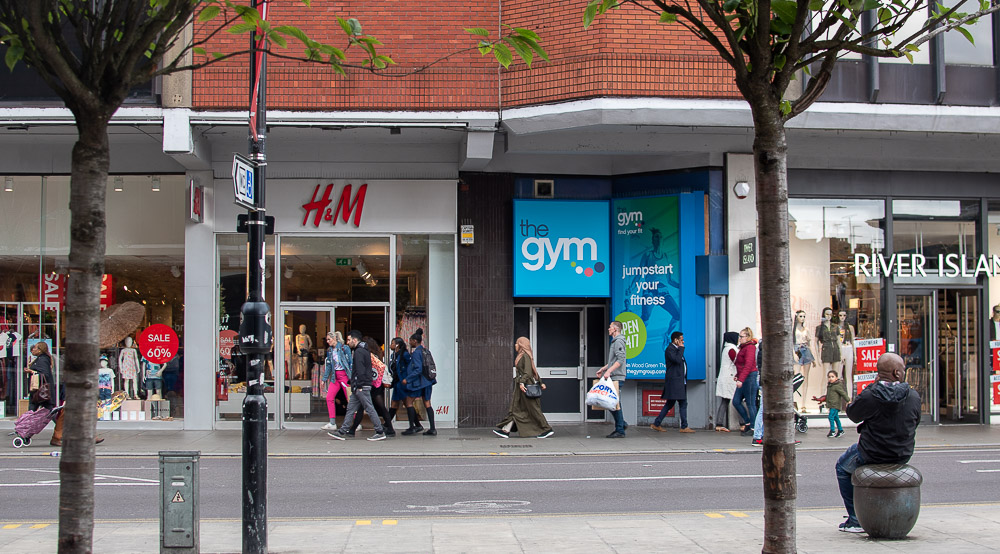Two years ago, I decided to boycott the UK high street. As a fashion loving mama who’d just quit her well paid job, this was a rash move. Yet why did I decide to buy only from small, independent, ethical and sustainable fashion brands? When they are undoubtedly more expensive. It certainly wasn’t because I had a secret stash of money under the bed. Rather, after ten years in a career of buying for fast fashion retailers I felt disillusioned.
So, now for why I decided to boycott the UK high street?
Cheaper Clothing
As a fashion buyer, I was fed up of finding new and innovative ways of making cheaper and cheaper clothing for consumers. As the cost of oil, labor and transport grew, so the cost of clothing on the high street fell. There was constant pressure to deliver cheaper and cheaper garments in the quickest amount of time. Always with increased profit. Naturally the first thing to go was the quality of the fabrics used. I bought knitwear. And increasingly we added in more and more polyester and nylon and removed any natural fibres, such as lambswool or cashmere. Basically, many jumpers in high street stores today are just made from plastic and adding to landfill.
Poor Garment Quality
Now it won’t surprise you to learn that when you change the yarn composition it changes the look of a garment. Knitwear is all about beautiful yarns and stitches. But when you reduce the quality of the yarn often the stitch looks flat and uninteresting. So, from a style perspective a garment made with a higher % of real wool is going to look much better. And will look better for longer. The downside is that is costs more. But if it’s made from natural fibres it will eventually biodegrade.
Extreme Poverty & Environmental Degradation
As part of my buying job I visited factories all over the world. And it was witnessing extreme poverty in Dhaka, Bangladesh and the horrendous environmental pollution in China that left the biggest impact. The black smoke around factories in China, spoke volumes about fashion’s harmful effect on our environment. In Bangladesh I questioned why I was in such a privileged position, making decisions that affected people’s livelihood. Was it because I’d worked hard at school? No, it was down to being born in the UK, the free education and health care we have and my amazing supportive parents. A different throw of the dice and I could easily be working 16-hour days, no idea of when my next day off will be, earning less than my rent in downtown Dhaka.

A few of the small brands we as a family have been supporting since I decided to boycott the UK high street.
Daisy’s dress Little Beans | My jumpsuit Thought (affil link) | Laurie’s shirt Kite Clothing & Jeans Boden (affil link)
The Future Of The High Street
In the last few years the extent of fast fashion on our world has really come to light, with documentaries like The True Cost and Stacey Dooley’s Fashion’s Dirty Secrets. And slowly we are starting to wake up to the fact that something needs to change. Which is why I made that slightly crazy decision all those years ago to boycott the UK high street. But it’s not all doom and gloom and things are starting to change, though not fast enough. I recently did a recky of the high street to find out which brands are making changes to how they produce their clothes which I will share with you soon. Hopefully brands are realising that when you make profit the number one goal everybody loses out.


I found this really interesting. Well done.
Author
Thanks for saying so 🙂 x
I love this post! But interested on your thoughts on the basics like school uniform
Author
Good question! Retailers will make basics on long lead time, i.e. in places like Bangladesh where prices are low to maximise on profit. But buying from a country like Bangladesh doesn’t always equal v low wages and few labour rights. For example People Tree (who don’t produce school uniform) work with some wonderful factories in Bangladesh. One source of information is Fashion Revolution’s transparency index which rates the top 200 retailers for how much they disclose about their social and environmental policies, practices and impact. Copy this link for 2019’s version https://issuu.com/fashionrevolution/docs/fashion_transparency_index_2019 Here H&M get a score of 61% & M&S 56%. Other brands such as Tesco have their buy one give one policy, where they offer a school uniform to a child in need for every school uniform bought, but you need to decide how much this is a PR stunt vs showing a real desire to make a difference to people’s lives.
Daisy is in reception and so far I have got second hand all her grey uniform (easy to do in reception I would imagine) & for her white shirt’s gone to M&S.
As you can see there are no easy answers, but I hope that goes some way to answering your question. One thing I would say is to ask questions of the brands, if they see you care then they will care.
Thanks
Karen xxx